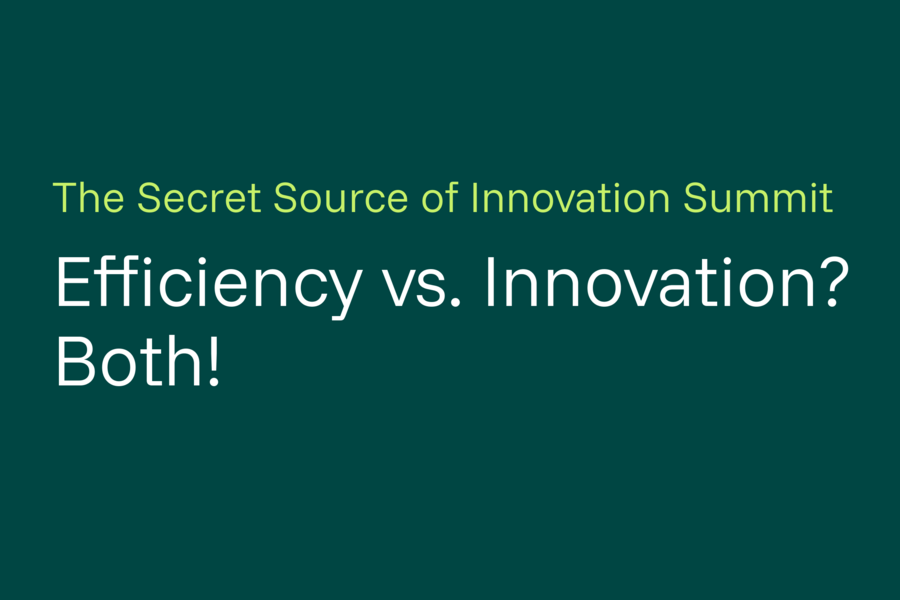The road to the cloud – How it begins and where it leads
The Cloud Maturity Model helps organizations assess their cloud status, define objectives, identify gaps, and create a strategic roadmap for digital transformation. It evaluates critical areas such as strategy, technology, governance, processes, and culture, providing actionable insights for seamless cloud adoption and long-term growth.

With the Cloud Maturity Model by Qvest, companies can identify specific needs and develop strategies
This white paper shows how the Cloud Maturity Model (CMM) helps to efficiently determine the current cloud status of an organization, define its future status, identify shortcomings, and derive actionable recommendations for a roadmap.
The development of this model by Qvest reflects the ever-growing importance of cloud services – an increasing demand, the accompanying challenges as well as a possible loss of control. If you want to prevent these negative consequences and position your own company for the future, you need to know its cloud maturity level.
Holistic view of all relevant areas
For this reason, firstly the methodological framework of the maturity model is explained here and secondly the specification as well as the evaluation basis is presented. In addition, a variety of further results and follow-up tasks are shown – e.g., planning targeted investments, managing cloud implementation priorities or determining the right development speed. Finally, the result is described in the form of a "cloud personality type" based on a personality model such as the Myers-Briggs Type Indicator (16 Personalities) or the DISG model. The holistic consideration of all relevant areas, the inclusion of interdependencies and their effects, and the guarantee of a well-founded result through comparison with best practices in the industry speak in favor of the use of the Cloud Maturity Model.
The digital transformation leads to numerous questions, changes, and challenges
Media companies, broadcasters and other audio-visual content providers are particularly affected by the digital transformation. Technologies and concepts that influence media markets are constantly emerging. New market participants, usage options and information needs are changing media consumption. This increases the demands on the provider side for agility, scalability, usability and cost control.
These developments have an impact not least on cloud computing. It can cushion negative side effects of changing consumer behavior and open up opportunities. At the same time, unknown challenges and fields of action are occurring in the cloud computing environment, which require new tools, skills and process models. Pay-as-you-go billing models, for example, require a strong understanding of architectural patterns in distributed services and scaling models. Cloud costs and benefits must also be continuously monitored and analyzed to realize their full potential. Without a detailed overview of available resources, the risk of loss of control is high. This in turn increases operating costs and the probability of failure.
In order to avoid the loss of control described and to be able to implement necessary components, companies must determine the status quo of the cloud maturity level, the target state and the associated requirements. The aim is to give direction to further cloud development in the company and to define measures.
Given the new demands, needs and challenges faced by our customers, Qvest has developed the Cloud Maturity Model (CMM) - a holistic approach to maturity and needs analysis. To understand it, it is important at this point to explain the methodology of CMM.
Away from disorientation, towards insight and success
The Cloud Maturity Model is a systematic framework that can be used to objectively determine and evaluate the cloud maturity level of a strategy, technology or culture. The maturity level in this context is to be understood as a development level with respective associated characteristics. These include approaches to cloud use or its automation. Higher maturity levels have more advanced features and are a step on the way to a mature development level. This step toward advancement in the cloud context is tied to a set of goals. Once they are met, the company is elevated to the next maturity level. There, in each case, further cloud advantages are added from which it benefits.
In the application of CMM, the area under consideration is divided into thematically different domains, which in turn are subdivided into subcategories due to the high level of complexity. Based on this division, the subcategories and the associated domains are evaluated using defined maturity characteristics. This allows the following results and further tasks to be implemented:
- Determining a company's current cloud maturity level and existing or missing cloud competencies.
- Determination of the targeted maturity level in line with the company's objectives
- Identification of potential deficits and necessary capabilities to achieve the targeted maturity level
- Derive and define a cloud strategy and its objectives
- Development of a clear roadmap and associated measures
- Communication of decisive recommendations for action
- Planning targeted investments to achieve maturity levels
- Manage cloud adoption priorities
- Setting the right pace for areas of advancement and overall transformation
- Aligning and auditing the transformation journey
The six cloud domains, their subcategories and evaluation
The entire scope of consideration was divided into six domains (see diagram). They represent all relevant areas that are critical to success in the cloud context: Strategy & Vision, Technology, Process & Concepts, Network & Partners, Governance and Culture. The decisive criterion for the graphical representation is the interdependence of the individual domains and subcategories. For example, the Skills & Competences from the Culture area can only be developed to a sufficient extent if a uniform cloud vision results from the Strategy & Vision. Thus, all categories and domains are mutually dependent on and influence each other.
Strategy & Vision
Strategy & Vision deals with the strategic orientation of the company with regard to cloud computing. Here, the status of the company can be assessed with relation to the strategic planning and strategic use of cloud computing.
Subcategories:
- Cloud Vision & Strategy
- Guiding Principles & Compliance
- Business Model
- Cloud Value Case
- Cloud Roadmap
Technology
Technology considers the entirety of IT and all relevant components, taking into account the requirements and necessary cloud properties.
Subcategories:
- Architecture
- Applications
- Infrastructure
- Integration
- Administration
Fill out the form and click "Submit." You will then receive a link via email to download the whitepaper. Please note that email delivery may take a few minutes.





































































